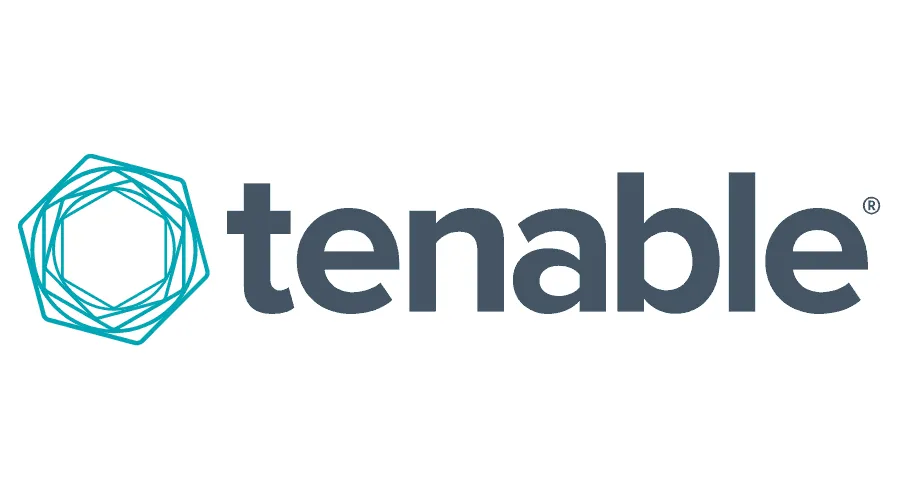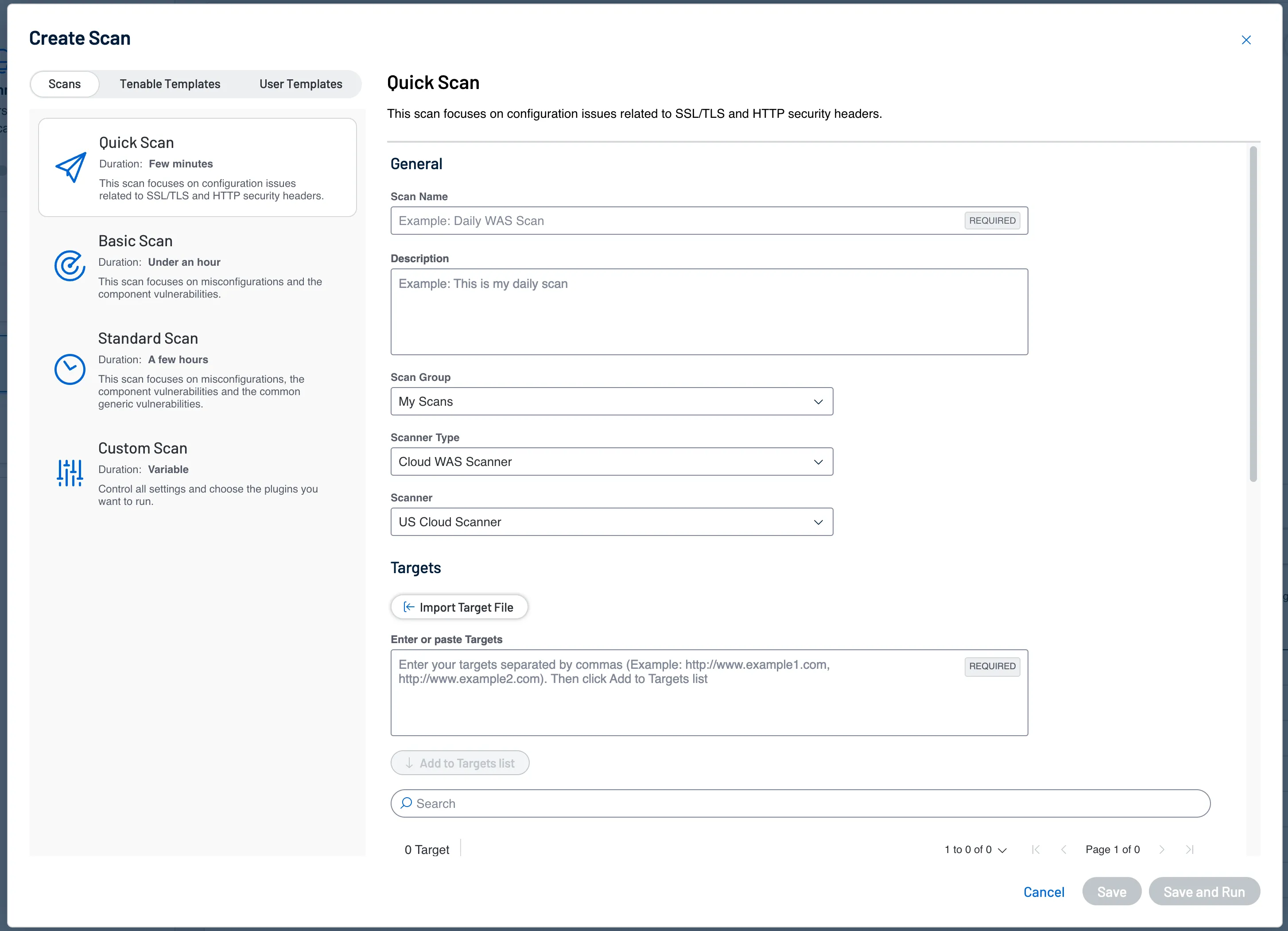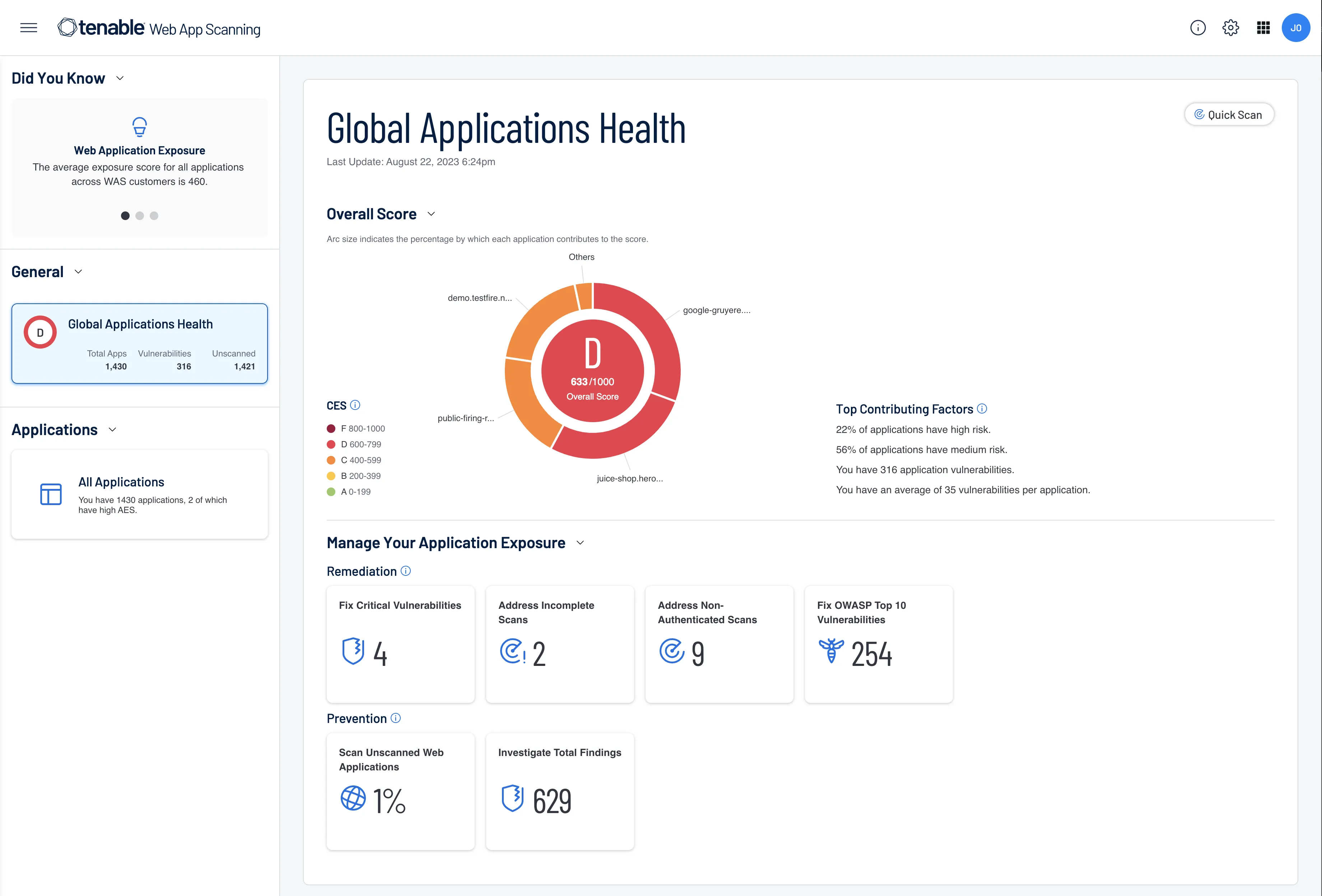
Unified web app and API scanning that’s simple, scalable and automated Whether it’s the top 10 risks from OWASP, vulnerable web app components or APIs, Tenable Web App Scanning gives you comprehensive dynamic application security testing (DAST).
Vendor
Tenable
Company Website



Overview
Tenable Web Application Scanning (WAS) offers comprehensive vulnerability scanning for web applications, leveraging Dynamic Application Security Testing (DAST). It helps organizations assess and manage risks by scanning web applications for security weaknesses, such as those identified in the OWASP Top 10. The platform enables security teams to detect vulnerabilities at any stage of the development lifecycle, ensuring that both security and development teams can address potential risks early. With real-time vulnerability tracking, automated scanning, and detailed risk analysis, Tenable Web App Scanning ensures businesses can respond swiftly to threats, reducing the likelihood of costly cyberattacks.
Features and Capabilities
- Dynamic Application Security Testing (DAST): Automated vulnerability scanning throughout the application lifecycle.
- Comprehensive Risk Analysis: Identifies security threats based on OWASP Top 10 vulnerabilities and CVSS scores.
- Real-time Reporting: Provides actionable metrics on vulnerabilities, including critical issues with CVSSv3 scores above 9.
- Log4J Vulnerability Detection: Prioritizes remediation for applications vulnerable to Log4Shell exploits.
- OWASP Compliance: Links vulnerabilities to OWASP 2021 categories for industry-standard mitigation practices.
- Custom Code Scanning: Analyzes vulnerabilities in custom code and web application components.
- Tenable Security Center Integration: Centralized view of security posture with detailed vulnerability dashboards.
- Focus on High-Risk Vulnerabilities: Prioritizes security risks to help teams address the most impactful vulnerabilities first.
- Automated Remediation Tracking: Tracks and reports the remediation progress of identified vulnerabilities.
- Continuous Monitoring: Provides ongoing vulnerability scanning to detect new risks as they emerge.
- Risk Mitigation Guidance: Offers actionable steps to mitigate risks and align cybersecurity efforts with business objectives.